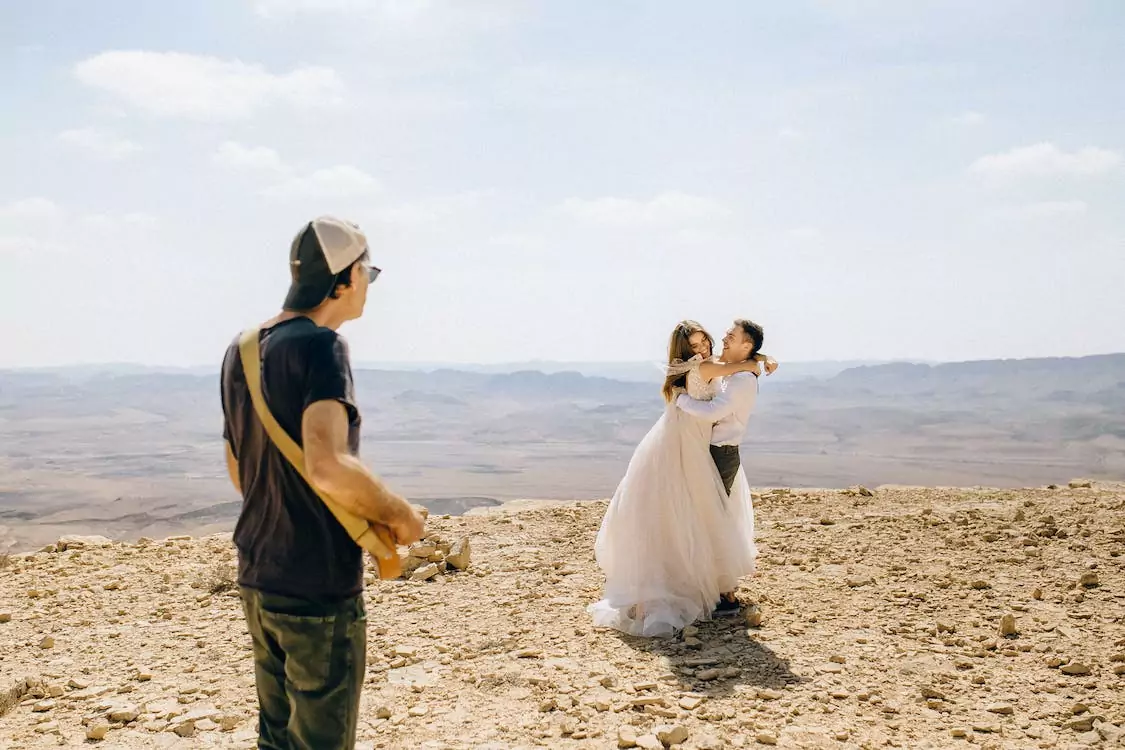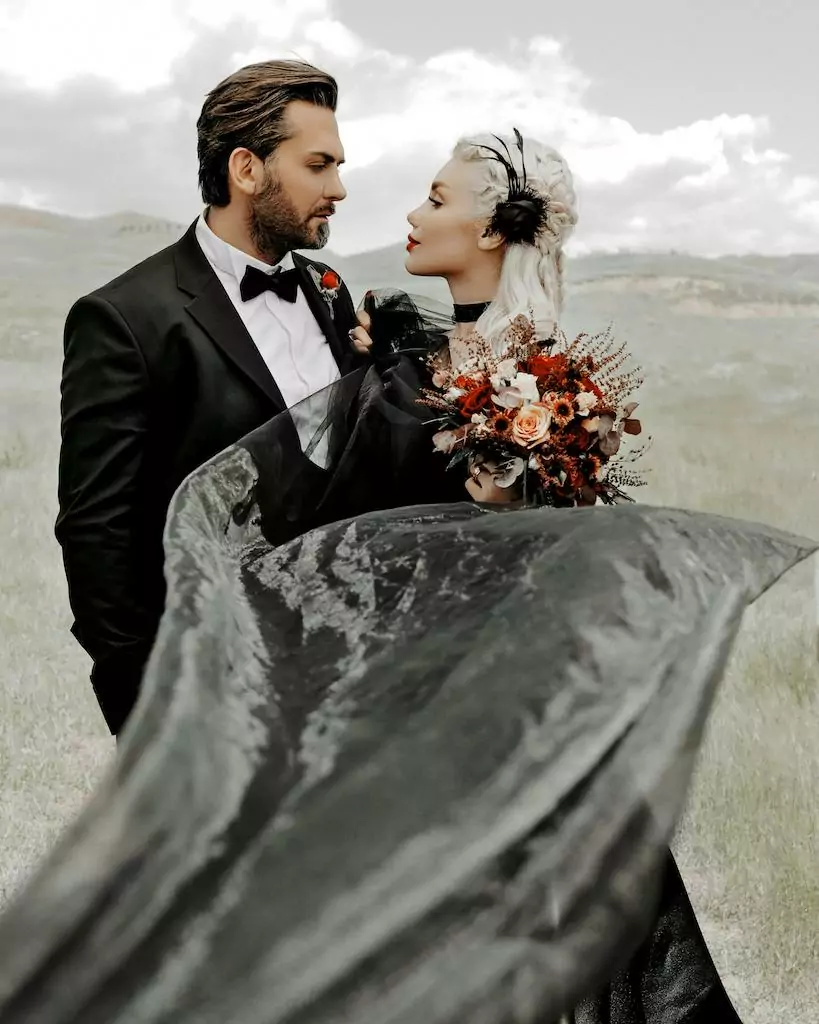Open Ministry
Related Posts
Featured Packages
The Beauty of Tradition: Exploring Timeless Wedding Rituals

Weddings are a celebration of love, unity, and the joining of two individuals on their journey through life together. Throughout history, weddings have been accompanied by rich and meaningful traditions that add depth and symbolism to the ceremony. These timeless wedding rituals connect us to the past, honor our cultural heritage, and create a sense of continuity. In this blog post, we'll delve into the beauty of tradition, exploring some of the most beloved and significant wedding rituals that have stood the test of time.
The Exchange of Rings:
The exchange of wedding rings is a universal symbol of love and commitment. This timeless ritual represents the eternal bond between the couple, signifying their promise to be there for each other through all of life's joys and challenges. As the rings are exchanged, couples often recite vows or words of endearment, sealing their love and devotion.

The Unity Candle Ceremony:
The unity candle ceremony is a beautiful and symbolic ritual that represents the merging of two families into one. Typically, the couple's mothers light two separate candles, symbolizing the families they come from. Then, the couple takes the lit candles and together lights a larger candle, symbolizing the creation of a new family unit. This ritual signifies the unity, love, and support that will guide the couple's future together.

The Handfasting Ceremony:
Originating from ancient Celtic traditions, the handfasting ceremony involves binding the couple's hands together with ribbons or cords. As their hands are joined, the couple makes vows of commitment and promises for their future. The act of binding their hands symbolizes their union and the everlasting bond they share.
Breaking of the Glass:
A cherished tradition in Jewish weddings, the breaking of the glass holds deep symbolic meaning. Towards the end of the ceremony, the groom stomps on a glass wrapped in a cloth, breaking it into pieces. This act represents the fragility of life, a reminder to cherish each moment, and the irreversible nature of the marriage commitment. The shattering of the glass is often followed by joyful celebrations and the exclamation of "Mazel Tov!"

Jumping the Broom:
Rooted in African and African-American cultures, jumping the broom is a powerful tradition that symbolizes sweeping away the past and starting a new chapter in the couple's lives. As the couple jumps over a broom together, they metaphorically enter into a new phase of their journey, leaving behind any obstacles or hardships they have faced.

Circling of the Fire:
In Hindu weddings, the couple participates in the Saptapadi or the Seven Steps ceremony. As part of this ritual, the couple walks around a sacred fire seven times, each step representing a vow they make to each other. This symbolic act signifies their commitment to love, trust, mutual support, and the seven sacred vows that will guide their marriage.
The Tossing of the Bouquet and Garter:
A lighthearted tradition that adds a playful element to the reception, the tossing of the bouquet and garter is a fun way to involve single friends and guests. The bride tosses her bouquet, and the woman who catches it is believed to be the next to marry. Similarly, the groom removes the garter from his bride's leg and tosses it to a group of unmarried men. This tradition is said to bring good luck and excitement to those participating.
Timeless wedding rituals have the power to connect us to our cultural heritage, bring depth and symbolism to our ceremonies, and create a sense of unity and continuity. These traditions have stood the test of time, reminding us of the enduring power of love and the commitment we make to our partners. Incorporating these rituals into our modern weddings allows us to honor the past while creating cherished memories for the future. Whether you choose to embrace a traditional ceremony or add your own unique twist, the beauty of tradition lies in its ability to unite couples and create meaningful moments that will be cherished for a lifetime.




